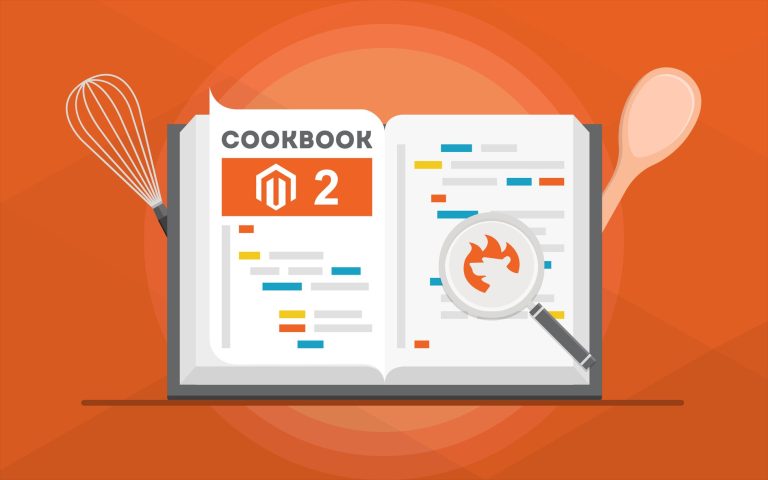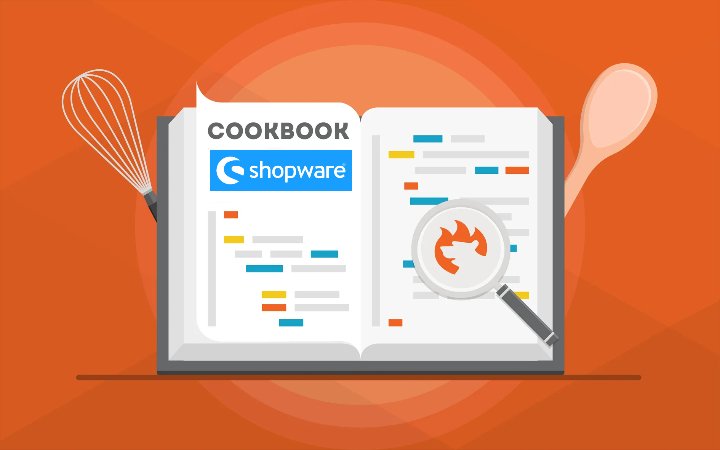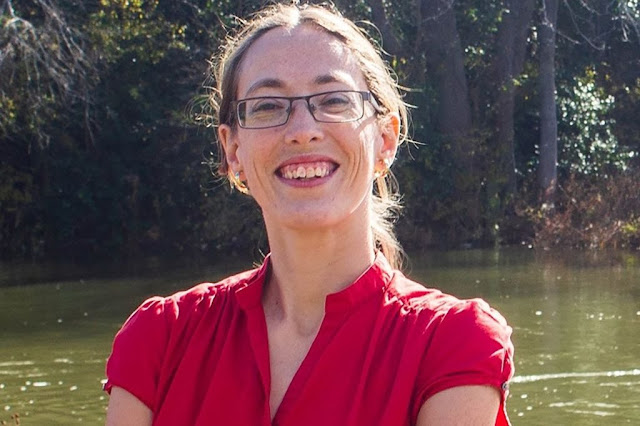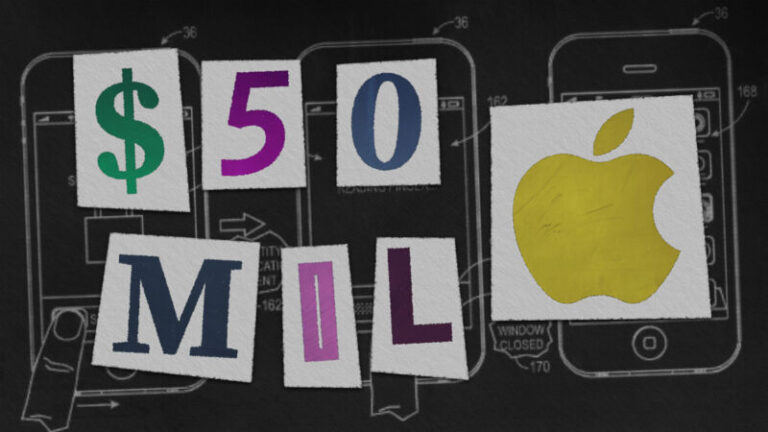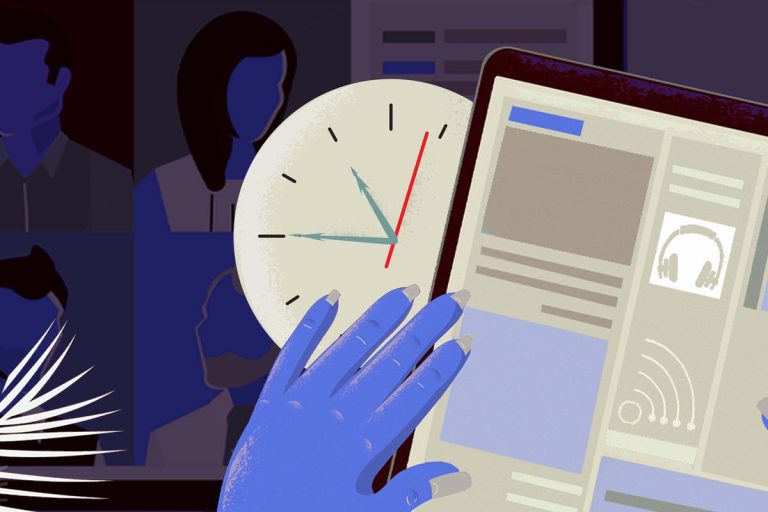The thin, white mushrooms emerged in a patch of Sarah Hunter’s front yard in western Massachusetts last May, after days of rain. One afternoon, Hunter’s wife ran into the house looking panicked. She’d found their 5-year-old son sitting in the yard with a mouthful of the fungi, which she immediately picked out of his mouth. Unsure whether he’d ingested any — and what it would mean if he did — Hunter dialed poison control and was given a general email address where they could send photos of the specimen. A response, they were told, could take hours.
“It’s very scary,” Hunter later told Vox. “I have a kid with special needs. Everything feels a little bit more dangerous with him.” They were thinking, “Do we need to go to the ER?”
As the minutes ticked by, Hunter decided to check out a public Facebook group recommended by a friend. The fast-growing global community, called Poisons Help; Emergency Identification for Mushrooms & Plants, assists people with identifying fungi and plants and assessing the risk of poisoning when someone (or, more often, a pet) has ingested or come into contact with a species of questionable or unknown toxicity.
Poisons Help does not give professional medical advice, a disclaimer notes. But admins and members of the group say that the crowdsourced efforts do lead to positive identifications more often than not. And that information can help guide group members when speaking with — or waiting to hear back from — medical experts to determine whether treatment or emergency services are needed.
According to the National Poison Data System, nearly 7,500 known fungi cases are reported by phone in the average year in the US. But despite the existence of online databases of toxic substances and mobile identification apps, over-the-phone identification of plants and mushrooms is particularly tricky due to the location-specific nature of certain species, not to mention the challenge of trying to describe them verbally. Worldwide, there are an estimated 148,000 known fungal species and over 20,000 species of ingestible plants, with likely many more that have not yet been identified.
In an emergency, a poison control center and a doctor should be someone’s first contacts. Calls to 1-800-222-1222 — the national number for Poison Control, which handles 2 million calls annually — get transferred by area code to one of more than 50 regional centers in the US’s poison control network.
“Most people who contact us will have some idea of what they were exposed to,” said Kelly Johnson-Arbor, medical director at the National Capital Poison Center in Washington, DC. But overall, “it can be really, really hard to identify plants.”
The Poisons Help group serves to bridge that gap, forming a lifeline in situations that can turn dire and offering potentially lifesaving advice at a time when many people are coming into contact with more kinds of flora and fungi than they’re used to. Facebook’s (very big) problems aside, Poisons Help is an example of a community that’s actually helping to build an accessible new knowledge base that’s far more convenient than bringing a plant or mushroom specimen to an expert in person for identification.
The group is not without its growing pains and internal tensions, but some experts say it’s an alternative model for the future of plant poison control.
How the group took root
Poisons Help was founded in 2018 when a handful of fungi experts who knew each other from other mycology-focused Facebook groups came together to handle more urgent cases of potential poisoning. Global membership has grown by some 40,000 members since last summer, from 60,000 to over 100,000, and the group regularly racks up hundreds of posts a month. Members include nonmedical folks as well as veterinarians, nurse practitioners, and other health professionals.
“I was shocked at how quickly I was able to get responses on my posts, and [that I got] really confident identifications,” said veterinary technician Kelsey Carpenter, who often recommends the group to people at the California clinic where she works. She recently posted to the page for the first time when a family dog ate a mushroom, which turned out to be harmless. (Ninety-nine percent of mushrooms have little to no toxicity, according to the North American Mycological Association, but the 1 percent that are highly toxic can lead to life-threatening complications for pets.)
“Veterinary care is harder to get than ever,” Carpenter said, pointing to the current veterinarian and technician shortage. “A resource like this identification group becomes even that much more critical.”
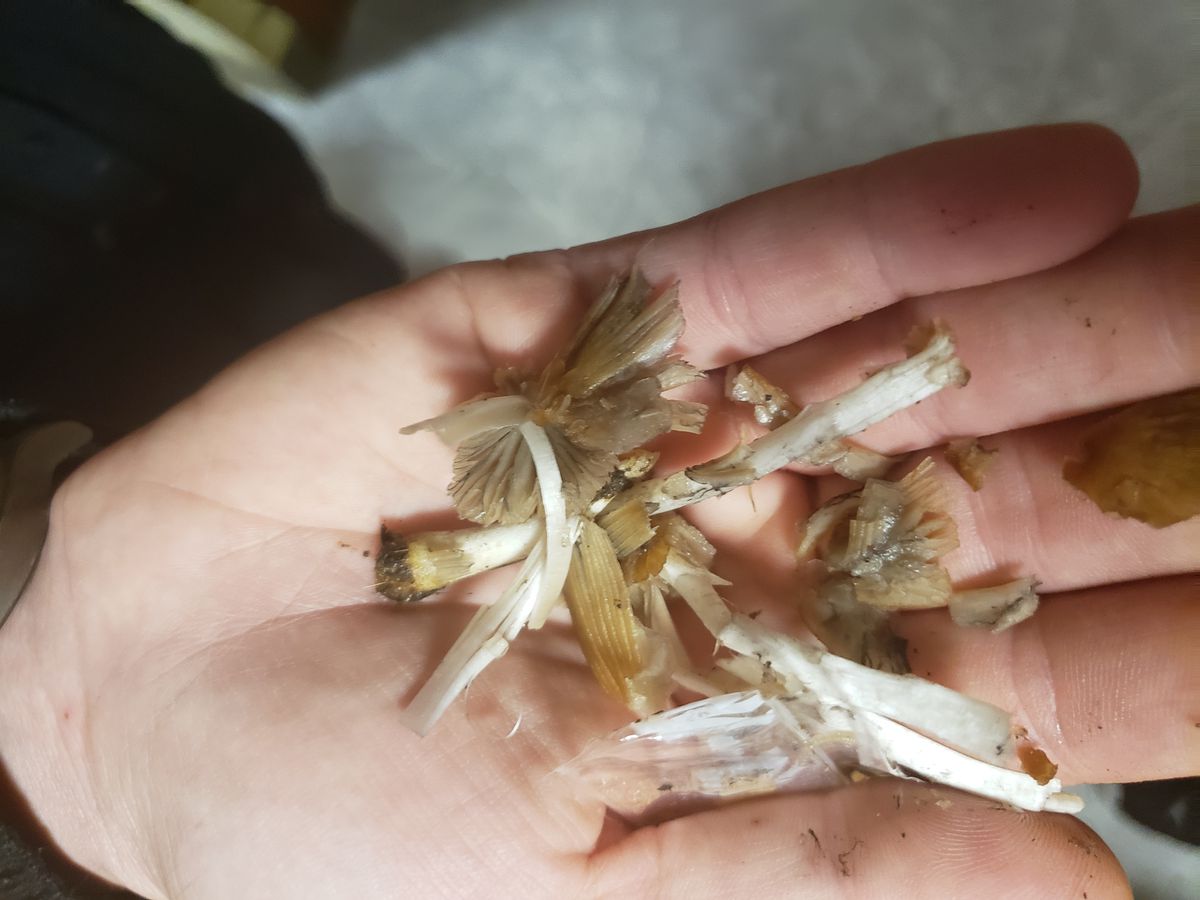
Users are asked to provide information on geographical location, the pet (or person’s) symptoms, and the time since ingestion, along with photos of the plant or mushroom in question. In Hunter’s case, they snapped a picture of the white mushrooms their son had popped with their phone and posted it with their message. “Any ideas?” they asked.
Almost immediately, admins began to reply.
“These look coprinoid to me,” one said, referring to a kind of nonpoisonous mushroom common throughout the world and known for its white, shaggy mane.
“They look coprinoid to me too,” another admin added.
“Agree, coprinoid,” a third chimed in.
The group has more than 200 administrators who have proven track records for identifying plants and mushrooms, according to one of the group’s founders, Kerry Woodfield, who is based in Cornwall in the UK. Some were recruited because of their involvement in more casual identification elsewhere on the social media network, and only admins are supposed to comment on cases until they are closed. “You’re not allowed to participate if you don’t know what you’re talking about,” Hunter said. “It’s like the opposite of the internet.”
All admins are volunteers with day jobs who dedicate spare time to the group. “The primary function is to make sure that we get the best and most accurate identification to panicked people as possible,” said Woodfield.
Many admins are “on call” to receive notifications of all new posts, kick-starting the identification effort in seconds. “Even when I’m outside on a busy street, I would literally stop and step aside” to chip in, said group admin Octrine Micu, who is based in the Philippines.
For more difficult cases, conversations may move to an admin-only group. “The benefit of the poisons group is that we have a large database of people that are global,” said Spike Mikulski, an admin in Rhode Island who’s an expert in the Amanita family of fungi, many of which can be hallucinogenic or poisonous in certain dosages and depending on the size of the person or animal. “If I’m at work or if I’m sleeping, there’s gonna be somebody else.”
Positively identifying a specimen can be difficult even with photos, so admins may come back to the original poster to ask for it to be cut in half or to request a photo of a different part of the sample. It’s this ID by consensus, whether it’s a rare mushroom or a common roadside plant, that many members say provides a reassuring atmosphere that is unique to the group.
Cases are considered “closed” once a positive ID has been made, at which point non-admins are allowed to comment. Following cases that end safely, one of the admins regularly prescribes the ultimate medicine: a bowl of ice cream.
“There was a lot of burnout”
Behind the scenes, however, the group struggles with its decentralized structure and the difficulties of living on a social media platform.
Strong personalities among some of the group admins have been known to clash in their side conversations, which can lead to avoiding certain people altogether. Woodfield occasionally has to step in to cool the situation.
Another pain point, admins say, is when new members disregard the posting guidelines or try to get around the emergency requirement by “evolving” stories to include ingestion when originally there was none. They might do this because they know the group’s reputation for quick responses, whereas it could take longer in other ID groups. What’s more, admins worry about the limitations of the platform itself and fear getting shut down. There are inherent problems with being based on social media to begin with, too, such as not being recognized by the medical establishment as a credible source of information. “A challenge is legitimacy and perceived legitimacy,” said admin Aisha Dowlut, a UK-based dentist and a plant and fungi enthusiast.
The day-to-day operations of the group could be greatly improved if Facebook allowed for turning off comments by non-admin members while a case is still open, said Aleks Tudzarovski, another of the group’s founders, who is based in Sweden. There have also been times when posts are erroneously flagged by Facebook’s algorithm as inappropriate content, said Tudzarovski, who is afraid that at a certain number the group will automatically be shuttered.
Asked about limiting who can comment on posts, a Facebook representative pointed Vox to some of the tools the company has rolled out for group admins, like being able to throttle comments on posts and limit a specific member’s engagement. The representative did not comment on posts that Poisons Help members say were wrongly flagged as inappropriate.
Many of the admins who spoke to Vox also mentioned experiencing something so many of us can relate to these days: burnout. They are unpaid volunteers, after all, and their role can become an all-consuming stream of cases. “There was a lot of burnout,” said Woodfield, “especially from the endless amount of dog posts.” The group did try rejecting some, she says, on the basis of “that’s not an emergency for existing near a mushroom.” Then members would simply resubmit, saying “my dog definitely ate this.”
But it’s an interest in biodiversity that keeps many admins coming back. “I kind of enjoy the randomness of it, never knowing what’s coming, and feel stimulated by some new puzzle,” said admin and fungi poison consultant Debbie Viess, who is based in California. “It’s like being a detective. Sometimes you just have a little bit of data and you’re piecing it all together.”
The future of plant poison control
In a few cases, the group has provided identification information that is later rejected by a health care professional. But the National Capital Poison Center’s Johnson-Arbor says they would take into consideration any information provided by the group in addition to her own research. The poisons group has democratized information and provides a valuable service to people around the world.
Mary Metze operates an animal rescue in Alabama and has used information from the group to save lives on multiple occasions. Prior to joining, she said, there were plenty of frantic Google Images searches and 3 am trips to the emergency vet. Without the group, she said, “I would have a panic attack.”
The admins have considered going off-platform, either to an app or elsewhere. But that would mean giving up the ease of use and global presence of Facebook. They’re also not interested in monetizing what they do, fearing that would go against what the group stands for.
Experts at poison centers are also thinking about ways to adapt. “A lot of the younger members of the population do not like to call,” Johnson-Arbor said. “They don’t want to be on hold, or they’d rather just get their answer online.” She imagines they will have to develop new ways to serve an online audience, like being able to have a text conversation on a website, similar to an online tool for toxic household substances. Johnson-Arbor usually recommends people bring plants to a local nursery to be identified, though she contacts a local mycologist for help identifying mushrooms. The North American Mycological Association also maintains a directory of mycologists who are available for consultations.
In Hunter’s case, they did eventually get a response to their email that the mushroom was, indeed, nontoxic — only later that evening. By then they already knew as much. Within half a minute of posting to Poisons Help the image of the mushroom their son got into, Hunter said, five admins had ID’d it. The family had nothing to worry about.
“Consensus on harmless coprinoids,” an admin said, as if hitting a gavel. Along with the ID, they added a smile emoji and an image of Kirby, the ’90s-era video game character best known for opening wide and inhaling pretty much everything. In the picture, Kirby holds a sign that reads: CASE CLOSED!
“A huge relief,” Hunter said.

